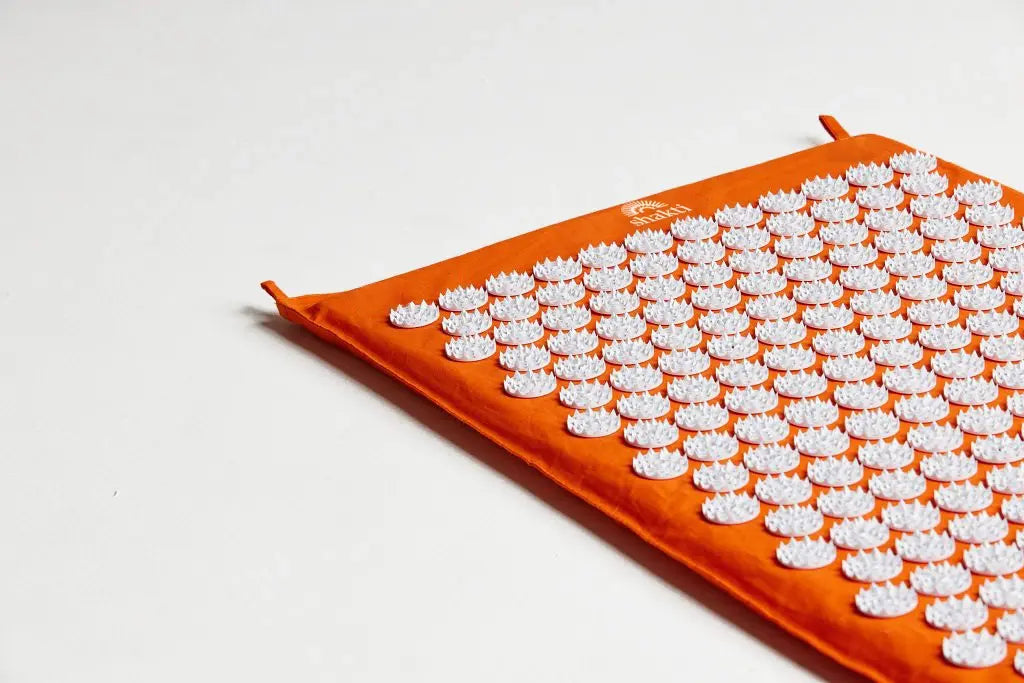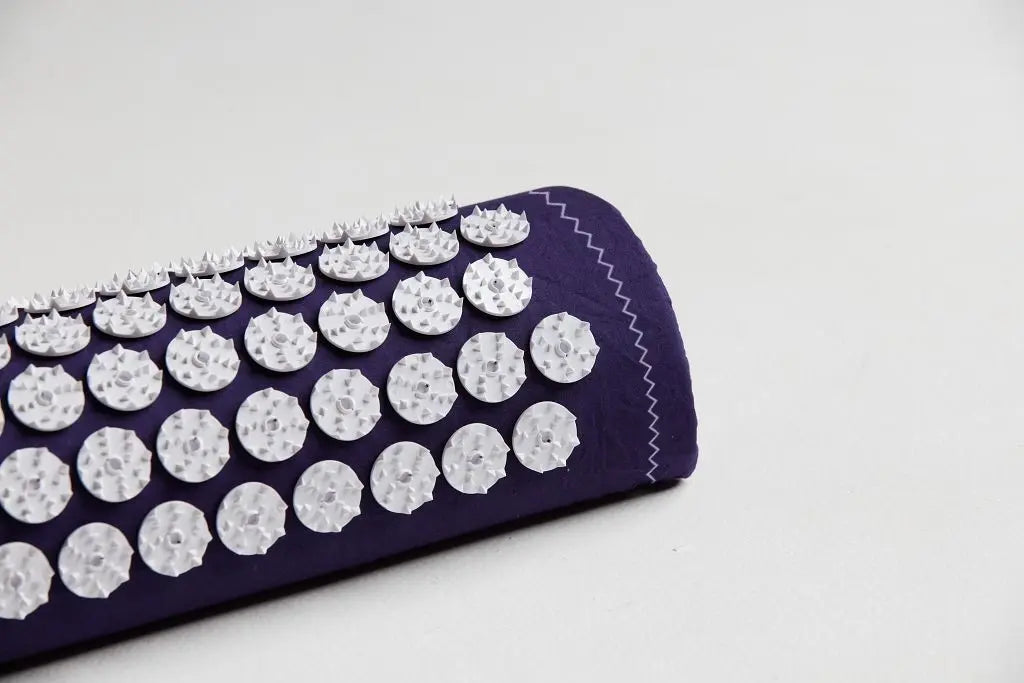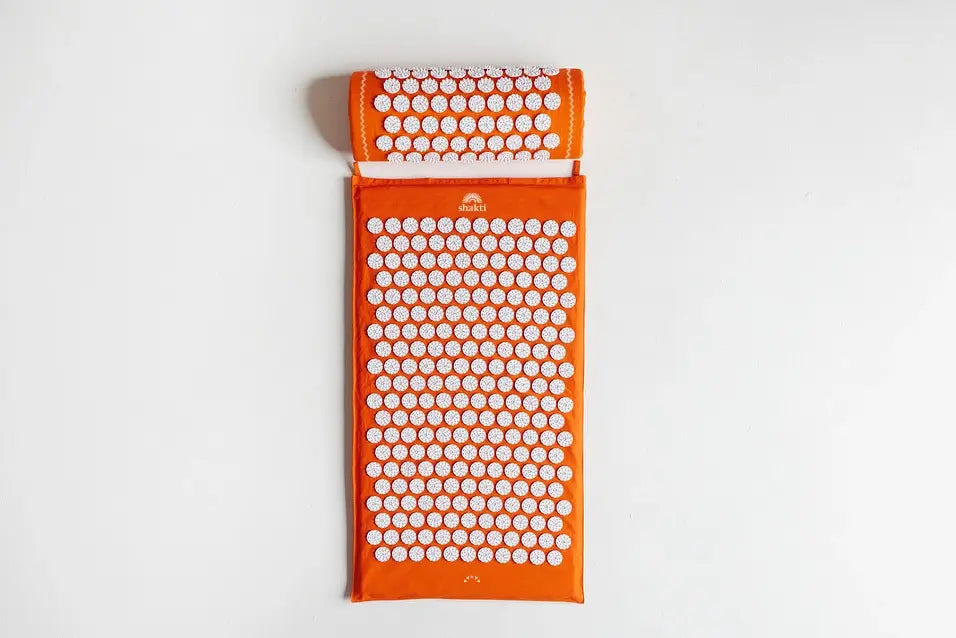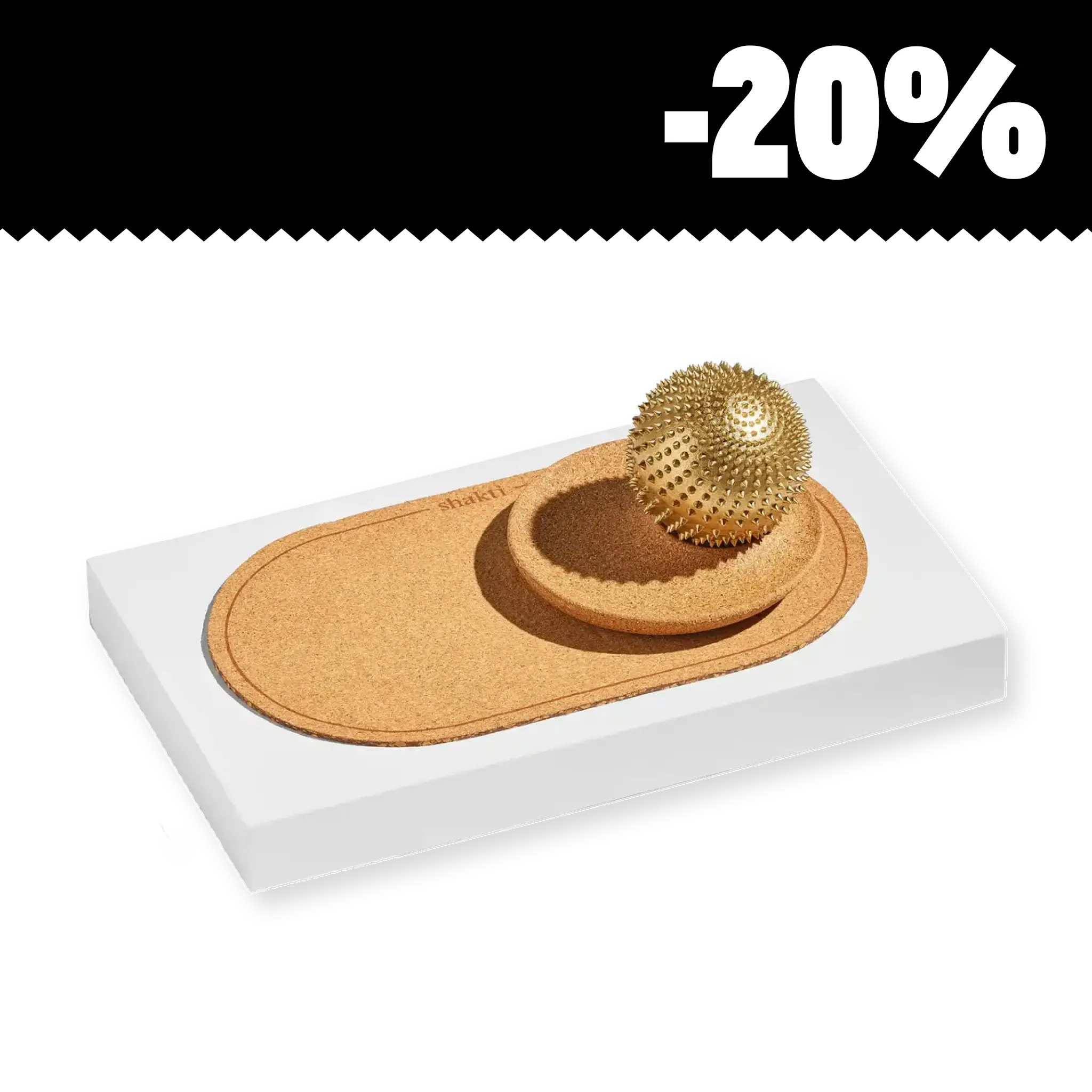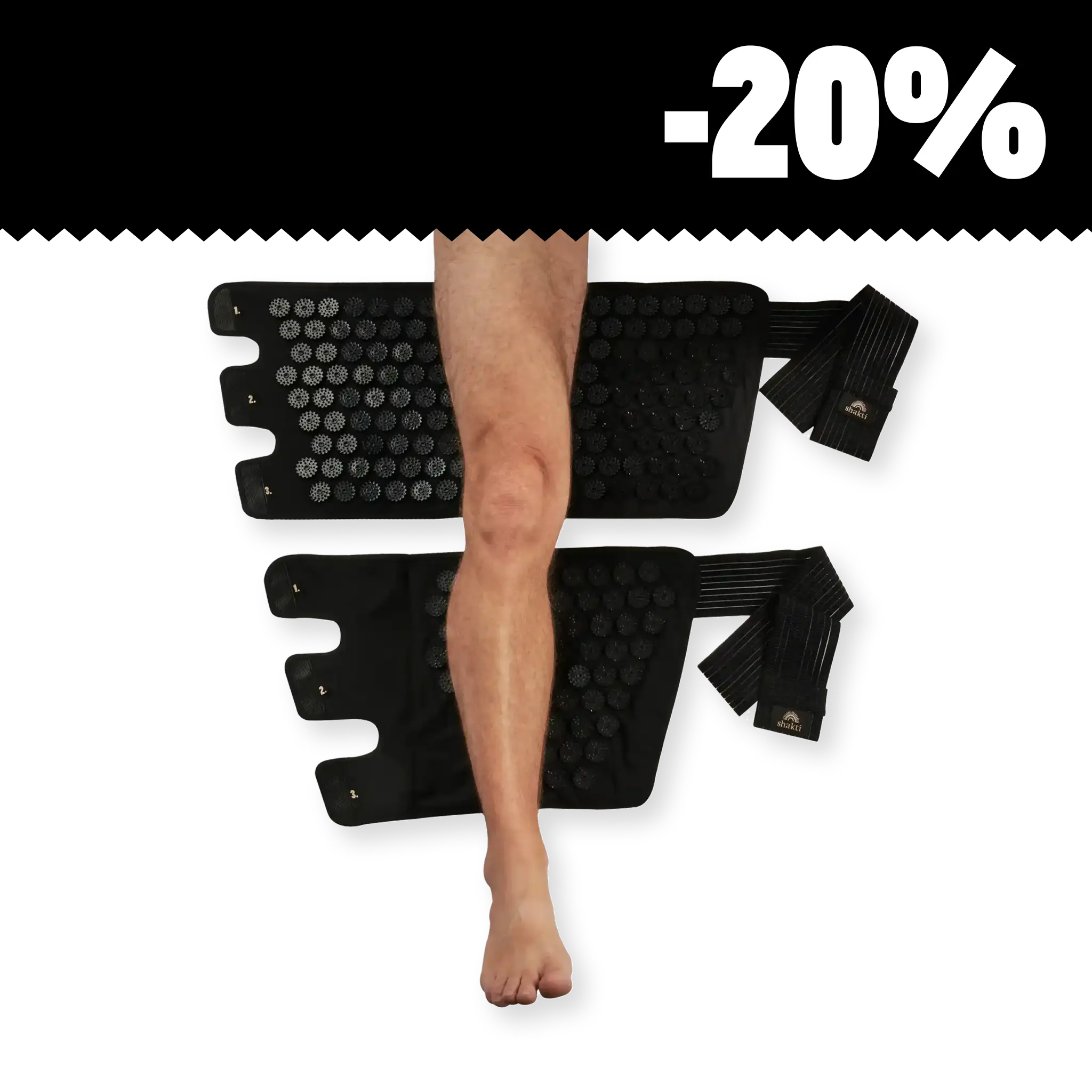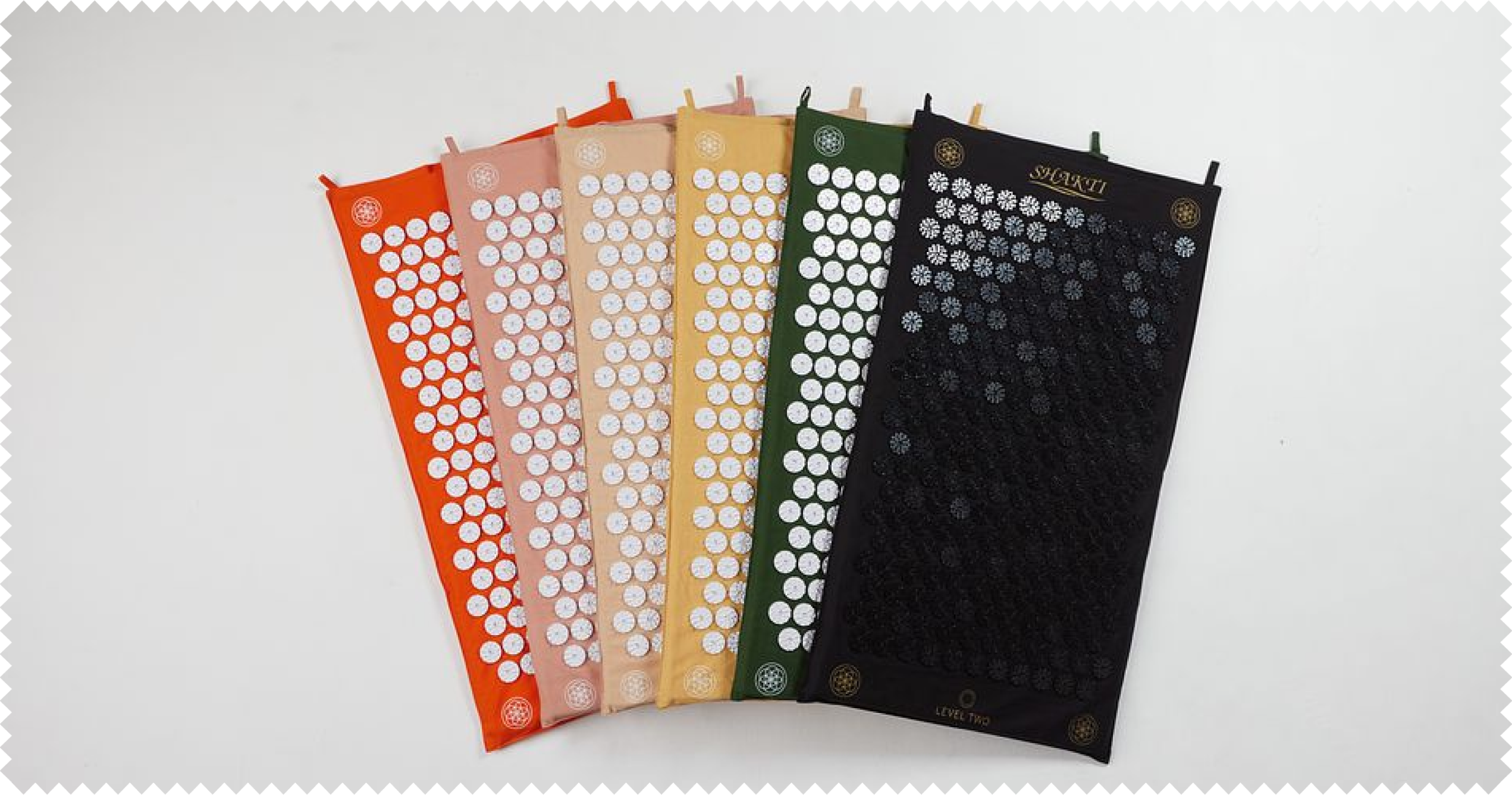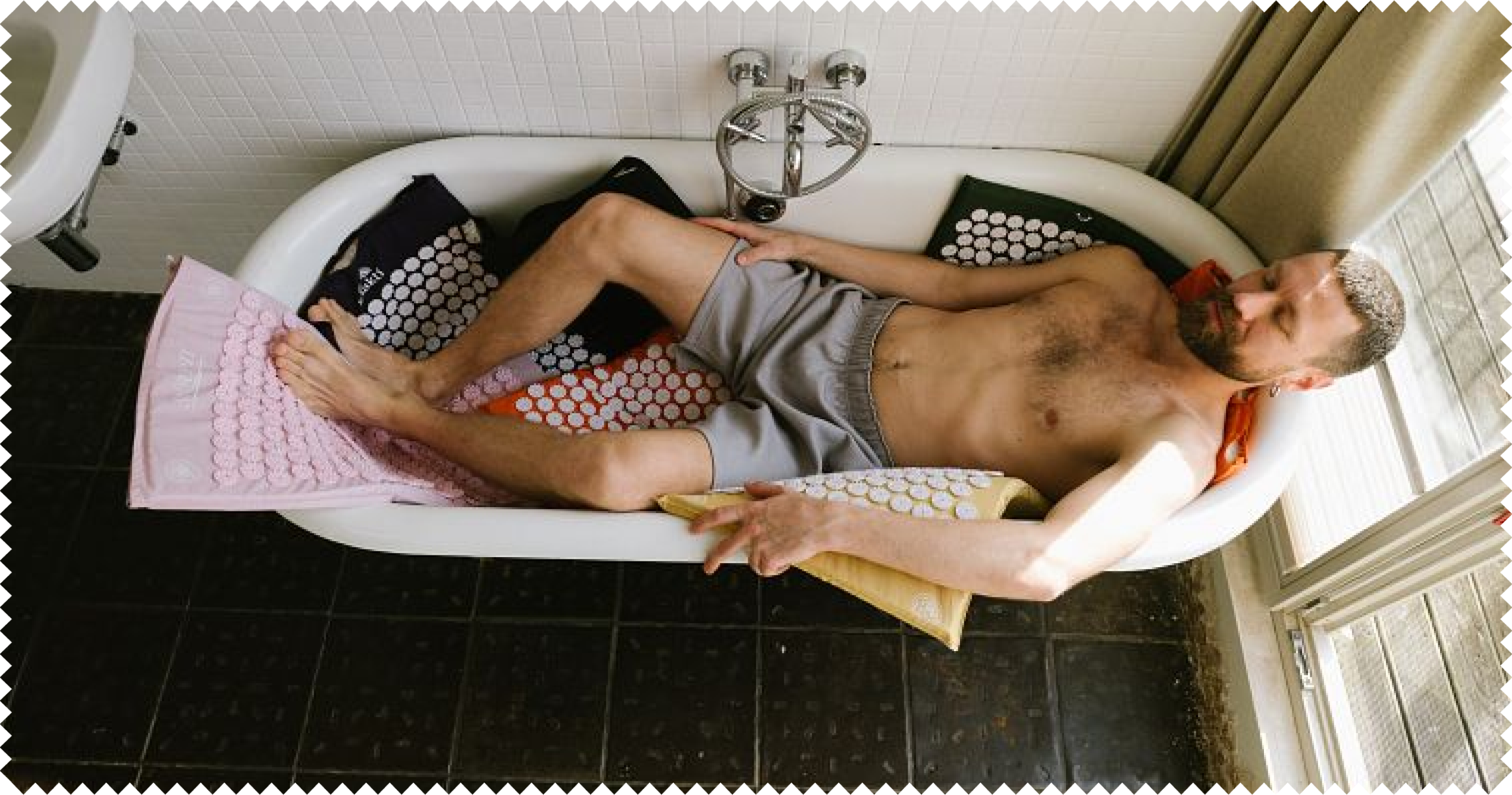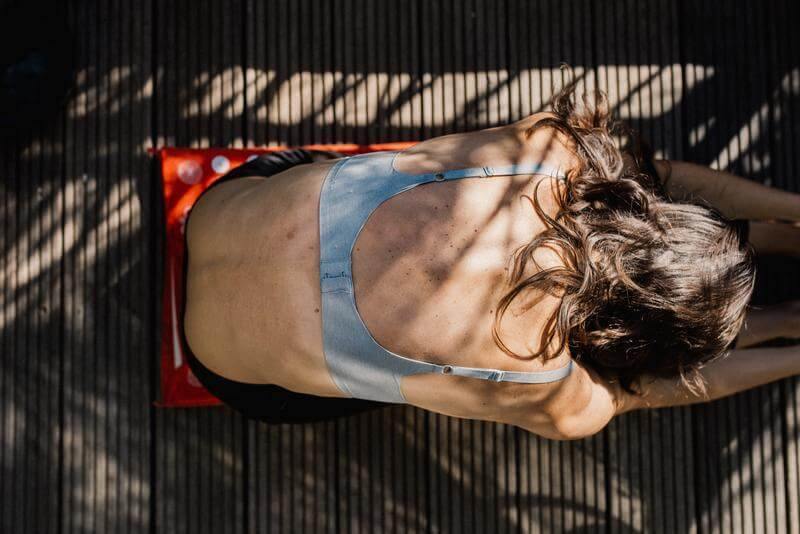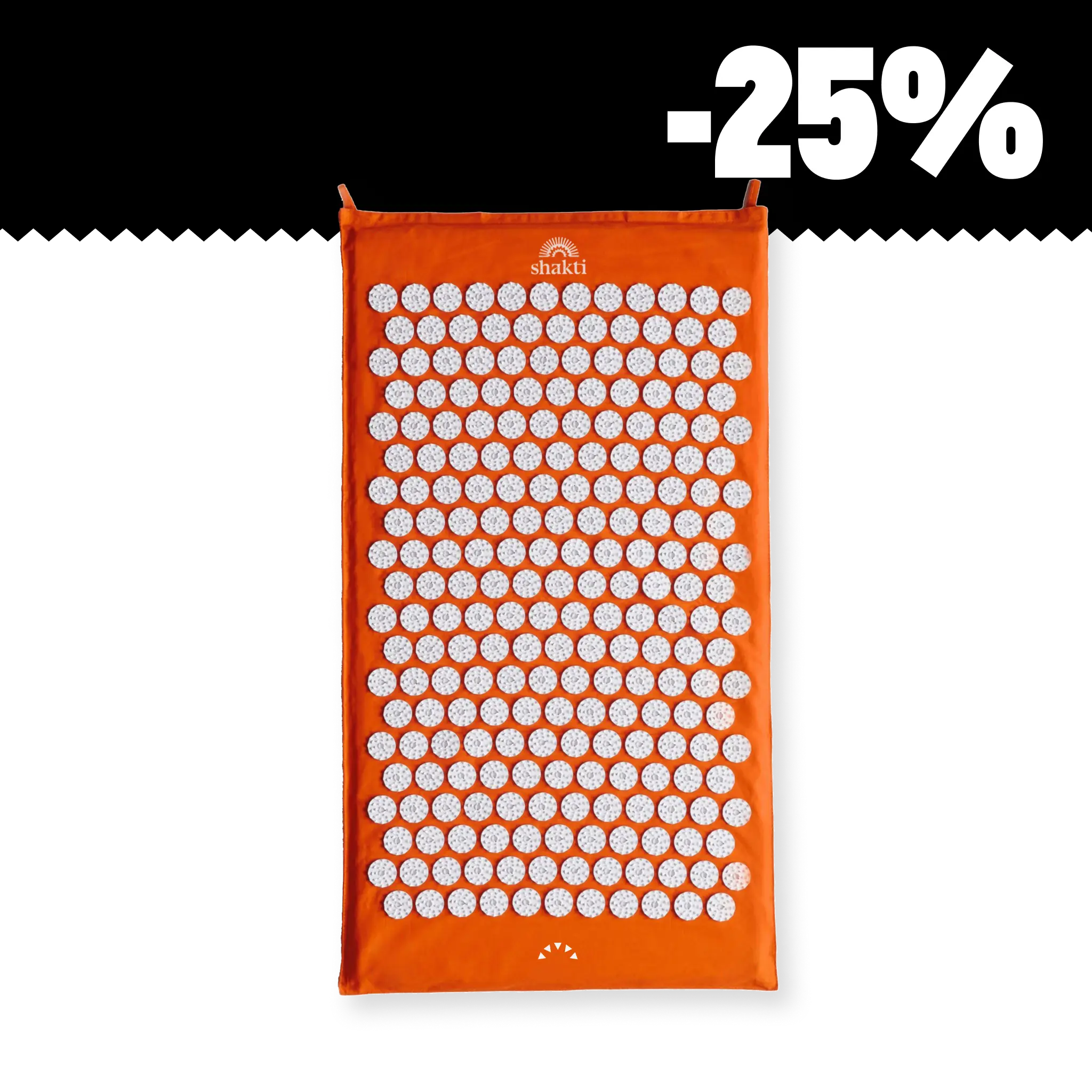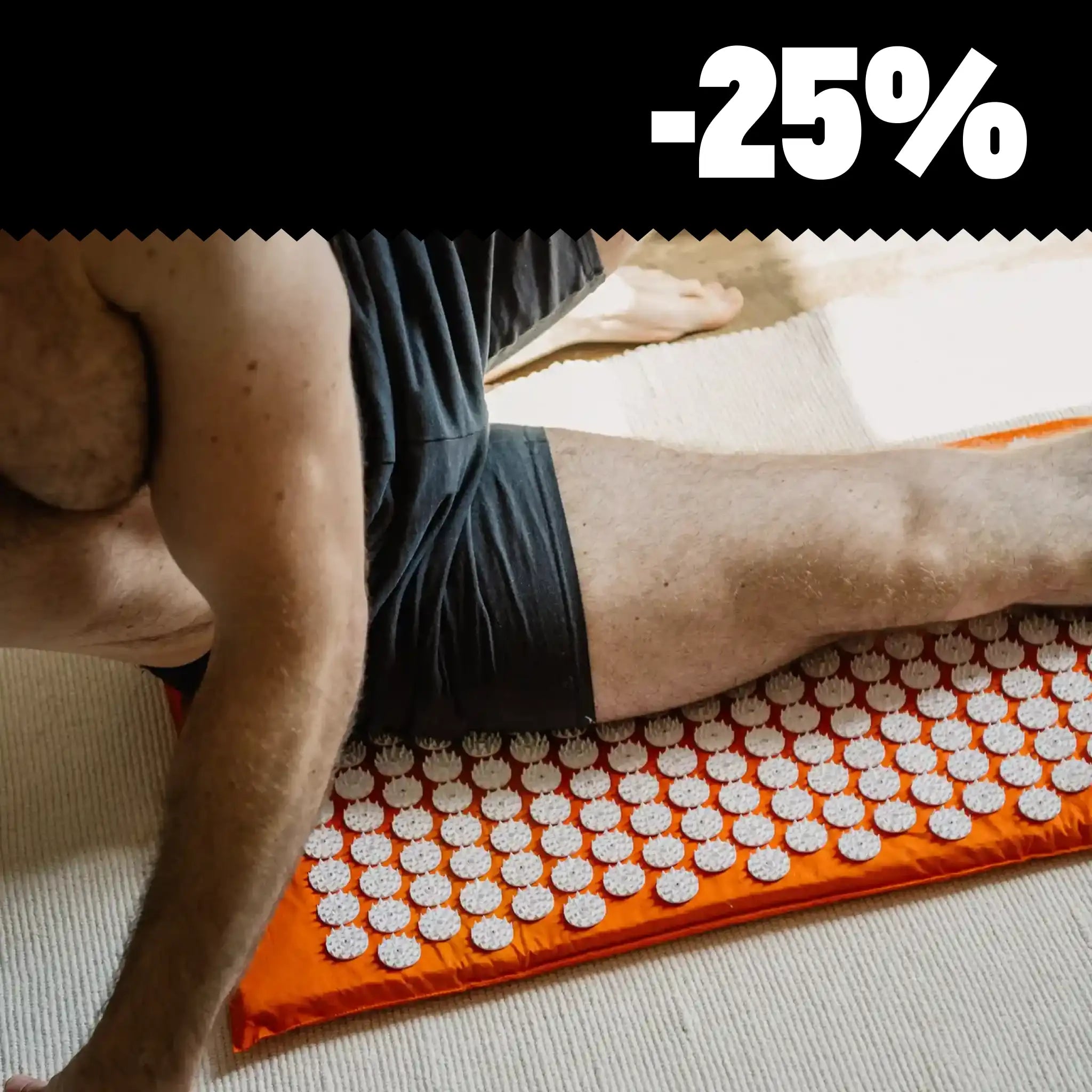Generation Desk: How to help your body through the work week
Table of contents
1 Origin of back pain
2 Preventing back pain
3 Positioning posture
4 Strengthening thighs
3 Positioning posture
5 Neck flexibility
6 Exercises for the office
7 Pain from desk posture
A large part of the human population in the industrialized and technological countries of this world, which includes Germany, sits at a desk all day long. Often in a bent posture, for hours in the same position. Pain is the result. Insidiously and initially only somewhat unpleasant, they grow into severe health problems in some people.
How to beat the desk classics, back pain and neck pain, circulation problems and stiffness, or at least alleviate them, we tell you in today's post.

How do frequent aches and pains arise from desk jobs?
In offices all over the world, a daily routine has crept in that resembles this: With a round back, a person looks at a screen. For 8 hours every day. Hands diligently type and click in the same posture at the keyboard and mouse. Every now and then, the person reaches for the telephone receiver or carries stacks of files.
Does it hurt you just to read it? Then you are not alone. Many people suffer from regular aches and pains due to lack of movement, and therefore lack of blood flow, and the frozen posture of the body. Others have no pain, but step by step they are restricted in their range of motion. Both are fatal.
The bent back that corresponds to a classic desk posture creeps in because there are no compensating movements for the spine. You can imagine it roughly like this: Your back is made up of moving parts that, when you're a baby, still create a permanently rounded back shape (that's how it fits in the womb) and later, when you're an adult, transition into a double S-curve so we can walk upright.
Now, however, the fact is that our seated desk posture forces our spine into a very extreme position. Our head is no longer centered on an upwardly extended line above the pelvis, but far in front of it. Now you might think: That's exactly why we have such a flexible spine! But unfortunately, the reality for the body is different.

Regularly staying in this position for hours on end causes many people's intervertebral discs to deform and the body's fascial tissue to tighten in this position. Nature is very clever and therefore our body adapts quite quickly to those things that are repeatedly needed in our everyday life. The problem with this is that as soon as we straighten up to a normal position, the deformed discs and tissues come under uncomfortable pressure and we feel pain. This problem can be prevented and, in many cases, corrected by balancing exercises. The trick is to practice regularly so that the body does not stiffen all over again.
Another cause of desk pain is the lack of circulation in the body due to sitting a lot. Due to one's own body weight, the thighs and buttocks are pressed against the chair, making it much more difficult for the body to circulate blood. As a result, the body follows its tendency to take the path of least resistance and, in some people, hardly supplies blood to the areas of the body on which we sit. The tissues are no longer properly supplied with fluid and thus can no longer work in a healthy way.
Numbness, lack of strength, pain or an unpleasant tingling sensation set in and other parts of the body, such as the knees, are affected by the lack of supply to the surrounding tissue. Our body always functions as a whole, never in isolated parts.
Before you eagerly start with the balancing exercises that we have compiled, we would like to encourage you to also talk to a doctor about the possibilities for a therapy of the pain. Sports courses, cures, physiotherapy, osteopathy and various other health care services are covered by most public health insurance companies, at least in part. In addition to the exercises you do at home, you should also take advantage of these opportunities to do something good for your body.

Prevent and get rid of desk pain through exercise and acupressure
The magic word when it comes to desk pain is, of course, prevention. All the exercises you can read about below are for prevention. But of course, we fully realize that you may be reading this article precisely because you already have experience with desk pain. That's why we want to give you the confidence that it's okay if you only make small progress at first.
A body stiffened by office work needs time to become supple and pain-free again. Our tips to create an extra portion of good feeling: Combine the exercises with alternating showers in the morning, which stimulate your blood circulation. In case of pain and stiffness, rub yourself vigorously in the shower with an oil of your choice using kneading movements (coconut oil, sesame oil, etc.) and then simply shower off the excess oil layer. You can do this in the morning at the beginning of the day or even better in the evening before going to bed and combine it with our exercises.

Simple storage posture
Lie on your back in front of your sofa (or a suitably high pile of firm Pillow). Your legs are on top and your back is flat on the floor. Try to stretch as long as possible by pushing your bottom as far away from your shoulder blades as possible. If you feel that your head is tilting backwards when lying down, roll up a mat to support your neck or use a Pillow.
For those who want even more, we recommend the ShaktiMat acupressure cushion, which we are now also selling in our online store. Simply place the Pillow in a place that feels comfortable for you and let your neck and lower head sink deeply into it.
This simple positioning posture helps relieve pressure on your spine. It ensures that the intervertebral discs and surrounding tissues are no longer exposed to the pressure of sitting or standing. Not only is this restorative, but it also ensures that those tissue fluids we need to keep our bodies healthy can be properly redistributed along the spine. How long you should exercise? Preferably at least 10 minutes. But if you have only two - use them too. And if it becomes even half an hour, then you will feel the greatest progress.

Strengthening the thighs & the body blood circulation
Many people have problems with blood circulation in their legs due to frequent sitting. This can best be restored with a combination of exercise and acupressure. The trick here is not to want too much at once! For some people, the blood vessels suffer so much in everyday life that it takes time to get them working again. That's why we advise you to start with daily walks before planning a marathon.
Before a walk, your sport exercises for the legs or the jogging round you stand best for one minute on the acupressure mat. The blood circulation is strongly stimulated down to the deep tissue layers of the feet and your legs are thus ideally prepared after a day at the desk for the start of sports.

Exercise neck mobility
A simple but underestimated movement for training neck flexibility is a very simple exercise: move your head very slowly from one shoulder to the other on a semicircular path. The lowest point is in the middle of the upper chest, and the highest points are at each shoulder. Throughout the exercise, lightly pull your chin toward your chest, as if doing a head dive in swimming class. It is important that you keep a very slow pace to give your neck muscles time to stretch.
After the exercise it is very pleasant to lie down with the upper back on the ShaktiMat. By relaxing the neck, one often notices deeper tensions in the upper back, which can be easily released with the acupressure mat.
And here's something else for those who really want to get fit again quickly: For the very best results, you can also do the exercise sitting on the ShaktiMat. It is especially effective when the tissue in the buttocks is strongly supplied with blood, because tensions are often stuck here, which reach up into the neck.

Exercises for the office: relieve acute desk pain
Desk pain is not only a problem for you because of health reasons, but also because it prevents you from concentrating on your work. That's why we've put together two helpful tips for acute cases that you can use in the office.
Exercise 1: Quick neck help
Place the index and middle fingers of both hands on the two strong muscle strands that run to the left and right of your spine. Not sure where they are? Wiggle your head a bit and you'll quickly notice where they tighten. Now run your fingers along the muscles with firm pressure and pause at the places where the tension feels painful. Lean your head against your fingers, creating pressure. Breathe deeply three times and then release the pressure. You can repeat this in as many places on the muscle strands as it feels good to you.

In the second step, place your interlocked hands at the top of the back of your head and let your head sink forward toward your chest under the weight of your hands. You will feel a strong stretch at the back of your neck.

Exercise 2: Back Press
Place your hands on your lower back. Place your thumbs on the two strong muscles on the left and right of the lower spine. Now, with each slow exhalation, press down hard with both thumbs and move up a little with the next breath. Of course, you can also do this exercise unobserved on the toilet if you don't want to be observed in the office - it works while sitting and standing.

Desk Pain - Why we need to talk about it more
The major problem of desk pain manifests itself on the one hand in the person suffering from pain, but also in the employer. Those who suffer from pain usually perform less due to concentration difficulties, are absent more often due to illness and are not infrequently irritable more quickly than pain-free colleagues. For this reason, it is important that employers actively invest in the health of their employees. And that the opportunities for occupational health management that are now increasingly offered in companies are actually actively used. Health in the workplace concerns everyone involved, because only those who are fit can perform at their best. So dare to address the issue openly - probably more colleagues feel the same way as you do, and together you can incorporate small steps against your aches and pains into everyday life.

Do you want to learn more about how to use the acupressure mat to stay fit and get rid of pain? Then take a look at our blog, where we have compiled a lot of information for you and explained it clearly with examples to follow.
If you want to share or ask questions about acupressure and acupressure mat, feel free to leave us a comment or visit us on Facebook.
About the author
Antje Wickboldt is a freelance author from Berlin. She has been studying the body's self-healing powers for over 10 years and, as a lecturer, explains in interactive presentations for companies and offices how tension can be relieved with the help of acupressure and massage.
Sources for this article
- Andrews, Synthia and Dempsey, Bobbi: Acupressure & Reflexology for Dummies. Wiley Publishing, Indianapolis 2007. p. 181 f.
- Ferriss, Timothy: The 4-hour body. 4th edition, Riemann, Munich 2011 p. 334
- Kaminoff, Leslie: Yoga Anatomy. Tissues of Life. 3rd edition, Riva, Munich 2009 p. 29
- Reed Gach, Michael: Healing Points. Acupressure for the self-treatment of diseases. Knaur, Munich 1992. p 239 ff, 286 ff.
- Schwind, Peter: Fascia. Tissue of life. 2nd edition, Irisiana, Munich 2015 p. 41. ff.



